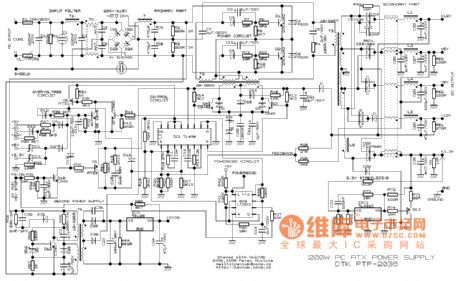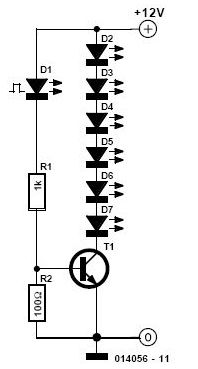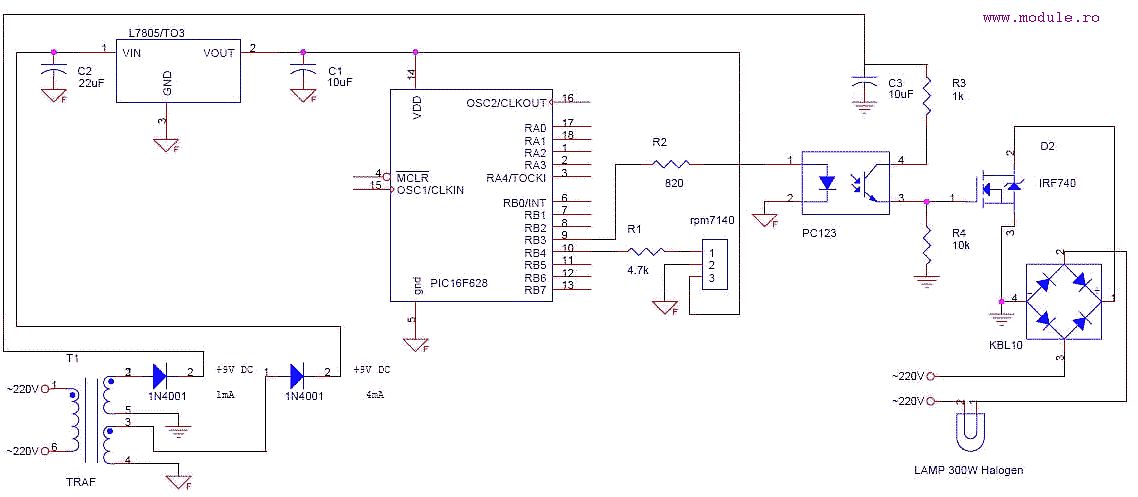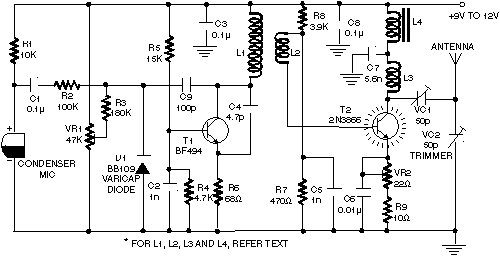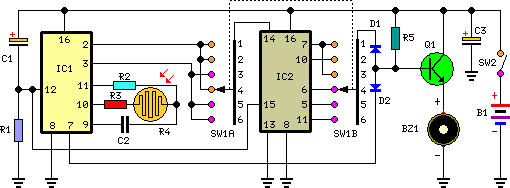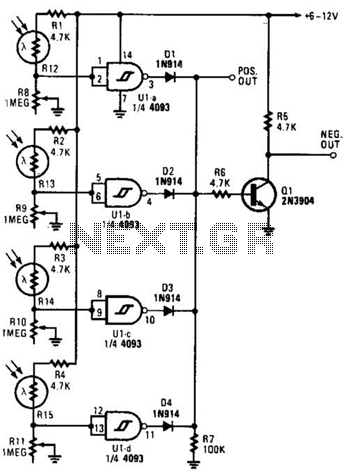
Oscillator circuit diagram with triangle-wave/square wave output
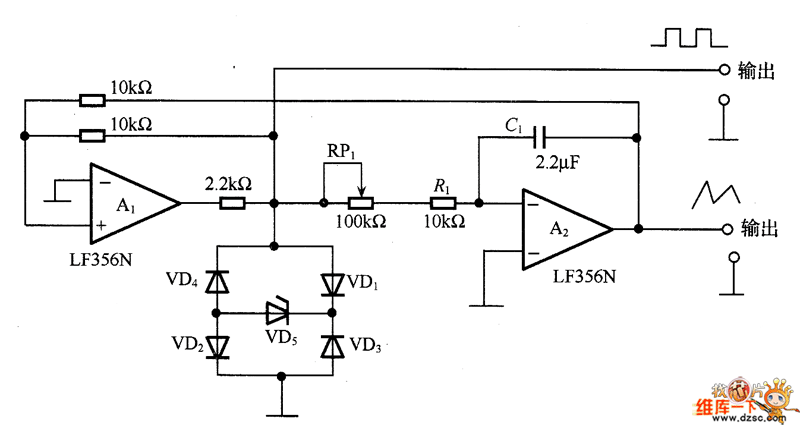
The circuit consists of a lag comparator with amplifier A1 and an inverting integrator A2. The charging and discharging time constant is determined by the integral resistors (R1 + RP1) and the capacitor C1. Diodes VD1 to VD5 form a limiter circuit. The maximum oscillation frequency is influenced by the switching rate of the amplifier. When the switching rate is 10V/µs, to achieve 20V (peak-to-peak).
The described circuit operates as a lag comparator integrated with an inverting integrator, which is essential for generating a specific output waveform in response to input signals. The lag comparator, represented by amplifier A1, is designed to compare input voltage levels and provide a corresponding output that reflects the delay in response. The inverting integrator, represented by amplifier A2, takes the output from the lag comparator and integrates it over time, producing a voltage that is proportional to the integral of the input signal.
The time constants for charging and discharging within this circuit are critically defined by the resistors (R1 and RP1) and the capacitor C1. The total resistance (R1 + RP1) determines how quickly the capacitor can charge and discharge, thereby influencing the overall response time of the circuit. A longer time constant results in a slower response, while a shorter time constant allows for a quicker response to changes in the input signal.
Diodes VD1 to VD5 are configured to form a limiter circuit, which serves to protect the subsequent stages of the circuit from voltage levels that exceed specified thresholds. This limiter circuit ensures that the output waveform remains within safe operating limits, preventing damage to sensitive components and maintaining signal integrity.
The maximum oscillation frequency of the circuit is closely tied to the switching rate of the amplifier. With a switching rate of 10V/µs, the circuit is capable of achieving a peak-to-peak output voltage of 20V. This relationship between switching rate and output voltage is crucial for applications that require rapid signal processing and precise control over voltage levels. The design considerations for this circuit are particularly important in high-speed applications where timing and voltage thresholds must be tightly controlled.The circuit is composed of lag comparator with A1 and inverting integrator A2, and the charging and discharging time constant is decided by integral resistors (R1+RP1) and the capacitor C1. VD1~VD5 form the limiter circuit. The maximum oscillation frequency is related to swicthing rate of amplifier, when swicthing rate is 10V/?
s, in order to get the 20V (p.. 🔗 External reference
The described circuit operates as a lag comparator integrated with an inverting integrator, which is essential for generating a specific output waveform in response to input signals. The lag comparator, represented by amplifier A1, is designed to compare input voltage levels and provide a corresponding output that reflects the delay in response. The inverting integrator, represented by amplifier A2, takes the output from the lag comparator and integrates it over time, producing a voltage that is proportional to the integral of the input signal.
The time constants for charging and discharging within this circuit are critically defined by the resistors (R1 and RP1) and the capacitor C1. The total resistance (R1 + RP1) determines how quickly the capacitor can charge and discharge, thereby influencing the overall response time of the circuit. A longer time constant results in a slower response, while a shorter time constant allows for a quicker response to changes in the input signal.
Diodes VD1 to VD5 are configured to form a limiter circuit, which serves to protect the subsequent stages of the circuit from voltage levels that exceed specified thresholds. This limiter circuit ensures that the output waveform remains within safe operating limits, preventing damage to sensitive components and maintaining signal integrity.
The maximum oscillation frequency of the circuit is closely tied to the switching rate of the amplifier. With a switching rate of 10V/µs, the circuit is capable of achieving a peak-to-peak output voltage of 20V. This relationship between switching rate and output voltage is crucial for applications that require rapid signal processing and precise control over voltage levels. The design considerations for this circuit are particularly important in high-speed applications where timing and voltage thresholds must be tightly controlled.The circuit is composed of lag comparator with A1 and inverting integrator A2, and the charging and discharging time constant is decided by integral resistors (R1+RP1) and the capacitor C1. VD1~VD5 form the limiter circuit. The maximum oscillation frequency is related to swicthing rate of amplifier, when swicthing rate is 10V/?
s, in order to get the 20V (p.. 🔗 External reference
Warning: include(partials/cookie-banner.php): Failed to open stream: Permission denied in /var/www/html/nextgr/view-circuit.php on line 713
Warning: include(): Failed opening 'partials/cookie-banner.php' for inclusion (include_path='.:/usr/share/php') in /var/www/html/nextgr/view-circuit.php on line 713
